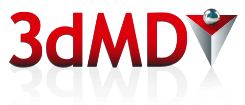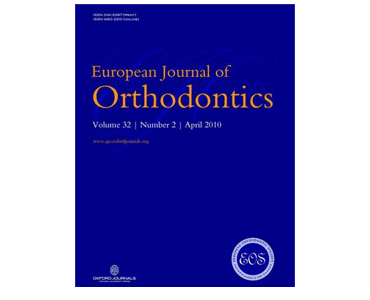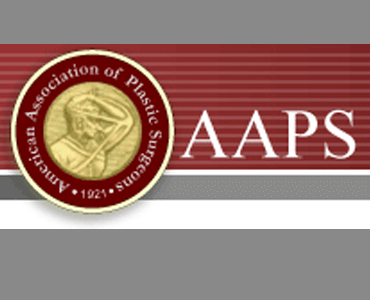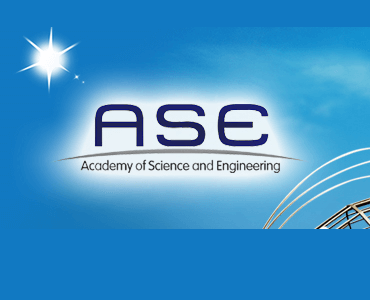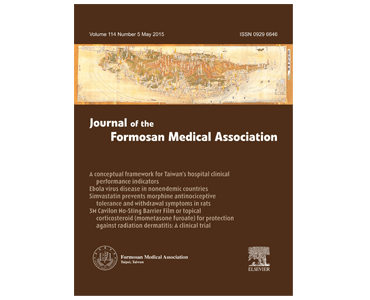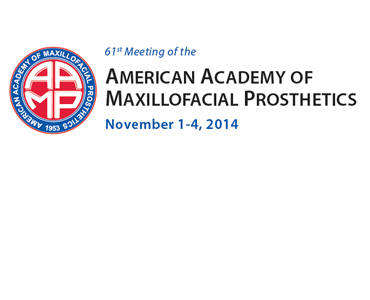Rating nasolabial appearance on three-dimensional images in cleft lip and palate: a comparison with standard photographs. A Stebel, D Desmedt, E Bronkhorst, MA Kuijpers, PS Fudalej.
Date: April 2015 (online). Source: The European Journal of Orthodontics. Background/Objective: Judgement of nasolabial aesthetics in cleft lip and palate (CLP) is a vital component of assessment of treatment outcome. It is usually performed based on two-dimensional (2D) facial photographs. An increasing use of three-dimensional (3D) imaging warrants an assessment if 3D images can substitute…
